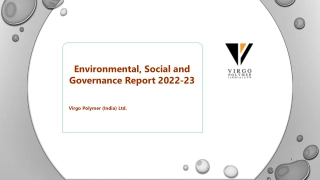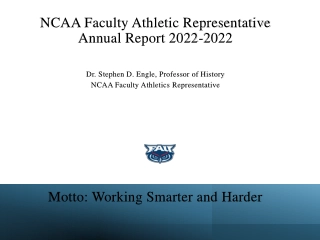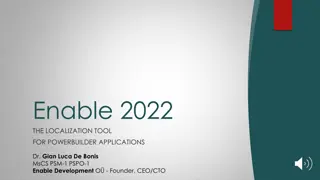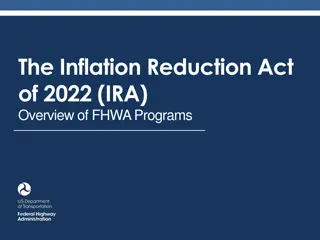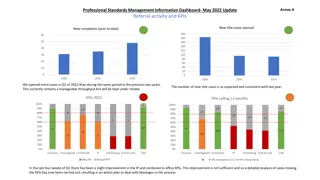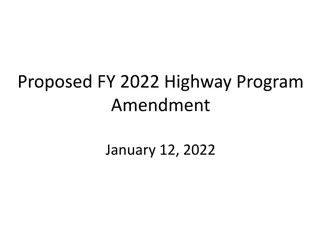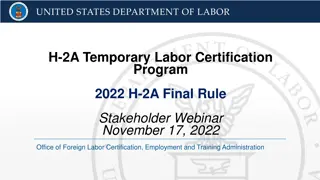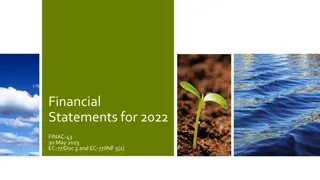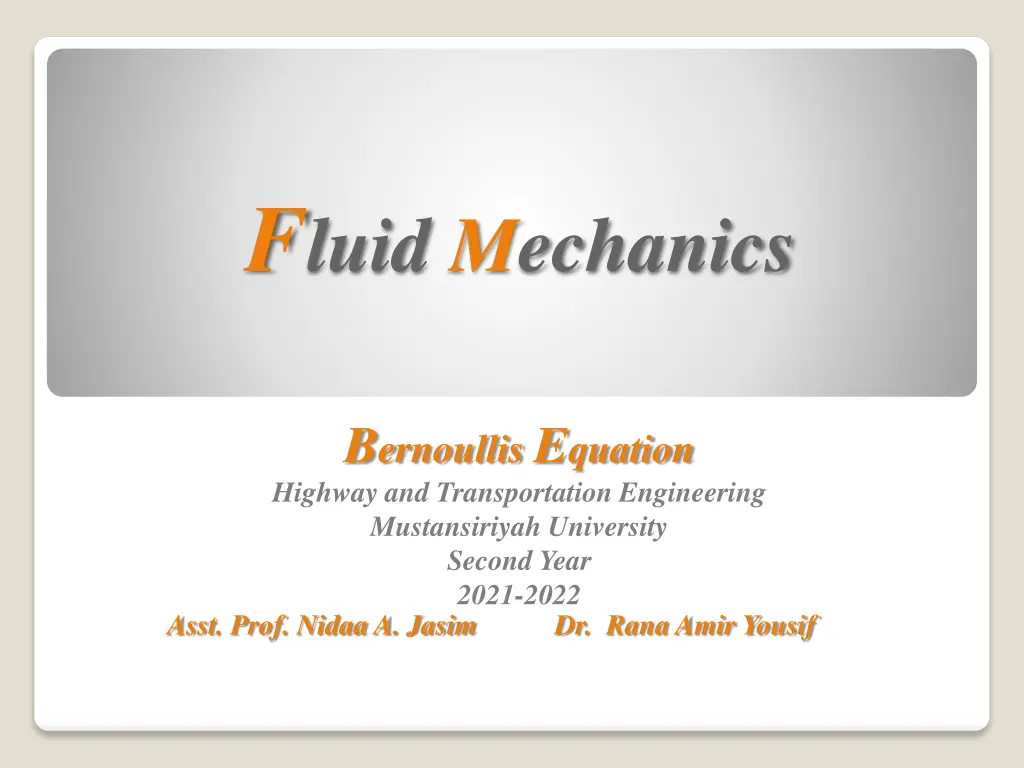
Understanding Bernoulli's Equation in Fluid Mechanics and Transportation Engineering
Explore Bernoulli's Equation's application in fluid mechanics, energy conservation, and transportation engineering. Learn about potential, kinetic, and flow energies, as well as key concepts like pressure, velocity, and elevation head. Dive into the principles governing fluid flow, forces on inclined surfaces, and pipeline design.
Download Presentation

Please find below an Image/Link to download the presentation.
The content on the website is provided AS IS for your information and personal use only. It may not be sold, licensed, or shared on other websites without obtaining consent from the author. If you encounter any issues during the download, it is possible that the publisher has removed the file from their server.
You are allowed to download the files provided on this website for personal or commercial use, subject to the condition that they are used lawfully. All files are the property of their respective owners.
The content on the website is provided AS IS for your information and personal use only. It may not be sold, licensed, or shared on other websites without obtaining consent from the author.
E N D
Presentation Transcript
Fluid Mechanics BernoullisEquation Highway and Transportation Engineering Mustansiriyah University Second Year 2021-2022 Asst. Prof. Nidaa A. Jasim Dr. Rana Amir Yousif
Syllabus: Introduction: Properties of fluids Archimedes theory. Atmosphere and gage pressure, measuring the fluid pressure on a point Calculating the fluid force on gates, dams. Forces consideration in fluids on inclined surfaces. Fluids in motion (Continuity & Bernoullis equations). Flow in pipeline (pressure, velocity, head). Methods for connecting the pipelines. Classification of channels at roads
References Fluid mechanics, Victor L. Streeter E. Bemjamin Wylie 7th edition ,Mc Graw Hill, 1979. Fluid Mechanics with Applications ANTHONY ESPOSITO Prentice Hall-1998
Bernoullis equation Bernoullis Equation is based on the conservation of Energy Law, which states that energy can be neither created nor destroyed. The total energy possessed by a given mass of fluid can be considered to consist of three type: Potential, Kinetic and flow Energy. Fig.3 shows fluid flowing from left to right, the total energy by a given weight w of fluid entering CV at sta.1 and the same weight of fluid leaving CV at sta.2.
Potential Energy: The fluid element of weight w has a potential energy due to its elevation Z related to a reference plane. PE= wz Kinetic Energy: The fluid element of weight w moving with a velocity. KE=1 2 mv2
Flow Energy: It is the amount of work that pressure accomplishes by pushing the element of weight w at sta.1 into the CV or pushing the element of weight w at sta.2 out of CV. FE= ?? ?
Statement of Bernoullis Equation: Daniel Bernoulli an eighteen century Swiss scientist, formulated his equation by noting that the total energy possessed by the fluid in CV does not change with respect to time. Total energy in element at 1 = Total energy in element at 2 (PE+KE+FE)1=(PE+KE+FE)2 wZ1+1 2 2 Z1+? 12 ? ?v12+? 1 ? ?= wZ2 +1 2?+? 1 ? ?? 22+? 2 ? = Z2 +? 22 ??(divide by w) 2?+? 2 ?
? 1 ?+? 12 ? 22 2?+ Z2 2?+ Z1 =? 2 ? Z: elevation head. ? ?: pressure head. ? 22 2?:???????? ??? Fig.4
Properties of Fluids ? 1=? ? ?= ?? ?? ? = ?? ?? ? ? ? 2=? ? = ?? ?? ? = ?? ?? ? ? ? So 1? 1? 1= 2? 2? 2
Example 5 For the pipe of fig.5 find P2 if the following data are given:p1= 20 psi, D1 =2 in and D2=1.5 in , Q=200 gpm of water? Solution: Z1+? 12 ? V1= ? 4 V2=v1(D1/D2)2 ??.? +??.? ? Solving for P at 2 yields: P2= 2020 lb/ft2 gage=14 psig. ? = Z2 +? 22 200 1 231 1 2 2?+? 1 ? ?1= 2?+? 2 12 60 1 1728 =20.4 ft/s Fig.5 ?? ??? ??.?+ ??.? ?(??.?) =?? ?? ??.? +20.3 ?(??.?) +46.2+6.46 =

